
The Role of Blockchain in Advancing Environmental Sustainability: A Comprehensive Guide
Do you ever wonder how technology can contribute to a greener future? In the world of distributed ledger technology (DLT), blockchain holds immense potential in advancing environmental sustainability. This innovative technology allows for secure and transparent transactions, offering a range of applications in various sectors. Whether you’re an environmental enthusiast or a business professional looking to enhance sustainability practices, understanding the role of blockchain in advancing environmental sustainability is crucial in today’s rapidly changing world.
A Historical Overview of Blockchain-based Environmental Sustainability Solutions
To understand the impact of blockchain on environmental sustainability, we need to explore its origins and developments. Blockchain technology emerged in 2008 as the underlying technology for cryptocurrencies like Bitcoin. However, its potential was soon recognized beyond financial transactions. Researchers began exploring its application in addressing environmental challenges, leading to the development of blockchain-based environmental sustainability solutions.
Over the years, milestones have been achieved in leveraging blockchain technology for sustainability. One significant development is the creation of blockchain-based platforms that enable carbon credit trading. These platforms streamline the process of tracking emissions and verifying carbon credits, making it easier for businesses to participate in carbon offsetting programs.
Advantages and Disadvantages of Blockchain in Environmental Sustainability
Like any technology, blockchain offers both advantages and disadvantages when applied to environmental sustainability. On the positive side, blockchain provides transparency, immutability, and decentralization, ensuring that data related to sustainability efforts is secure and tamper-proof. This transparency encourages trust among stakeholders and allows for easy verification of environmental claims.
However, limitations such as scalability and energy consumption exist. Blockchain networks require significant computational power, resulting in high energy consumption. Despite these challenges, ongoing research and development aim to address these limitations and enhance the viability of blockchain in advancing environmental sustainability.
Practical Applications and Real-World Examples
Blockchain has found practical applications in various sectors to promote environmental sustainability. For instance, supply chain management systems can utilize blockchain technology to ensure transparency and traceability of products, reducing the environmental impact caused by unsustainable practices.
Another example is the use of blockchain in energy markets. Peer-to-peer energy trading platforms leverage blockchain’s decentralized nature to enable individuals to buy and sell excess renewable energy directly with each other, bypassing traditional centralized energy providers. This promotes the adoption of renewable energy sources and reduces reliance on fossil fuels.
The Future of Blockchain in Environmental Sustainability
Looking ahead, the future of blockchain in advancing environmental sustainability appears promising. As the technology matures and scalability challenges are overcome, we can expect increased adoption across various sectors. Blockchain is poised to revolutionize sustainability practices, from smart grids and waste management to biodiversity conservation.
Additionally, integrating blockchain with emerging technologies like Internet of Things (IoT) and artificial intelligence (AI) can unlock new possibilities in environmental monitoring and management. The combination of these technologies offers the potential to create a more efficient and sustainable world.
Frequently Asked Questions
Q: How does blockchain enhance transparency in environmental sustainability?
Blockchain provides a decentralized and transparent ledger that allows for secure recording and verification of sustainability-related data. This transparency enables stakeholders to easily access and verify environmental claims, fostering trust and accountability.
Q: Can blockchain help combat greenwashing?
Yes, blockchain can contribute to combating greenwashing. By providing an immutable and tamper-proof record of sustainability efforts, it becomes much more difficult for businesses to make false or exaggerated claims about their environmental practices. This enhances overall credibility and ensures that genuine sustainability efforts are recognized.
Q: Are there any drawbacks to using blockchain in sustainability?
While blockchain offers many advantages, it does have limitations. One major concern is the high energy consumption associated with blockchain networks, particularly in proof-of-work consensus mechanisms. However, ongoing research and the exploration of alternative consensus mechanisms, such as proof-of-stake, seek to mitigate these drawbacks.
Q: How can individuals contribute to blockchain’s role in environmental sustainability?
Individuals can contribute by supporting businesses and initiatives that embrace blockchain for environmental sustainability. Additionally, educating oneself about blockchain technology and its potential applications in sustainability can help individuals become advocates for change and spur further innovation in this field.
Q: How can blockchain technology be applied to waste management?
Blockchain can improve waste management by enabling efficient tracking and management of waste streams. With blockchain-based systems, waste producers, collectors, and recyclers can securely record and share data related to waste generation, collection, and disposal. This transparency can enhance recycling efforts, reduce waste going to landfill, and promote a circular economy.
Q: Where can I learn more about blockchain’s application to environmental sustainability?
To dive deeper into the subject, consider exploring reputable websites, attending conferences or webinars focused on blockchain and sustainability, or joining online communities dedicated to the intersection of technology and the environment. Engaging in discussions with experts and enthusiasts can provide valuable insights and avenues for further exploration.
Now that you’ve gained a comprehensive understanding of blockchain’s role in advancing environmental sustainability, it’s time to reflect on how this technology could shape your personal or professional life. By harnessing the potential of blockchain and embracing sustainable practices, we can collectively work towards creating a greener and more sustainable future.
Don’t forget to share your thoughts and ideas in the comments below. Let’s engage in a meaningful conversation and contribute to building a sustainable world together!
More in this category ...
Ripple companions with SBI Group and HashKey DX for XRPL answers in Japan
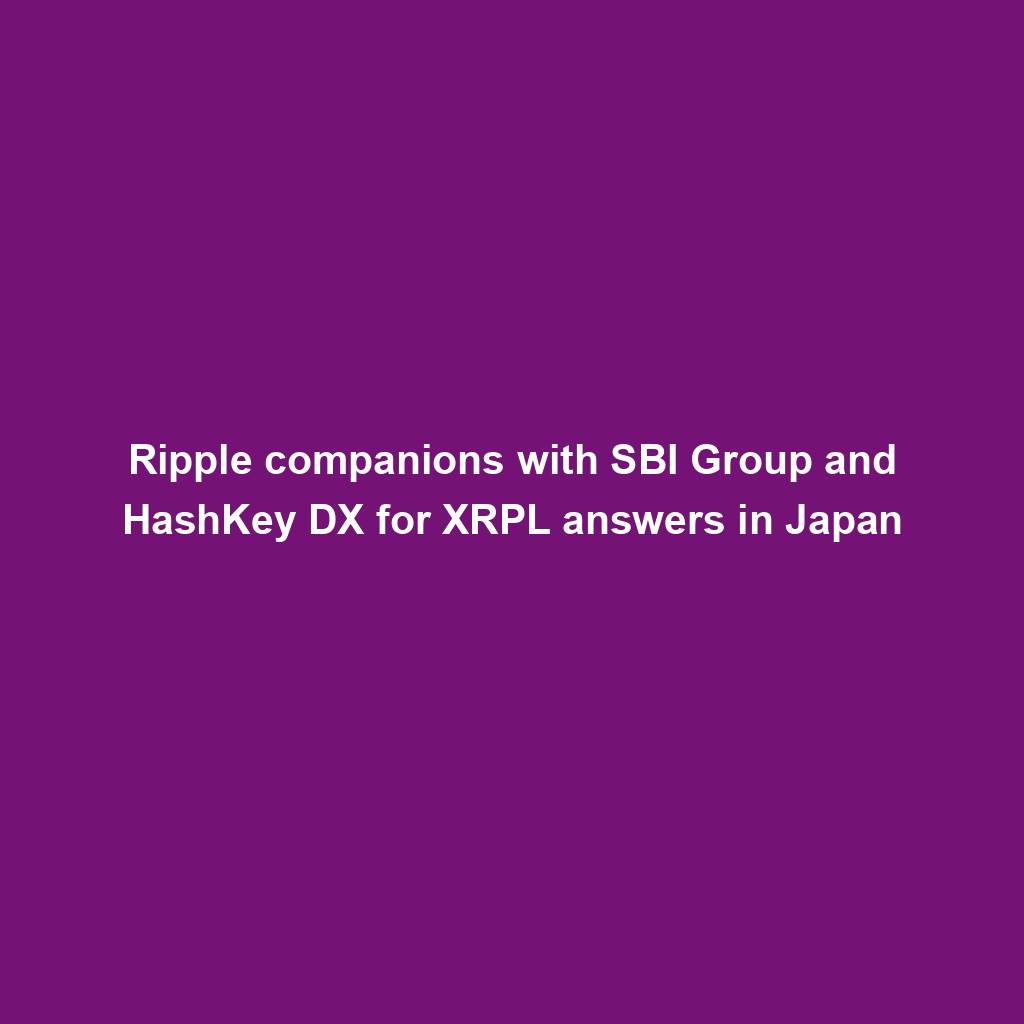
April sees $25M in exploits and scams, marking historic low ― Certik
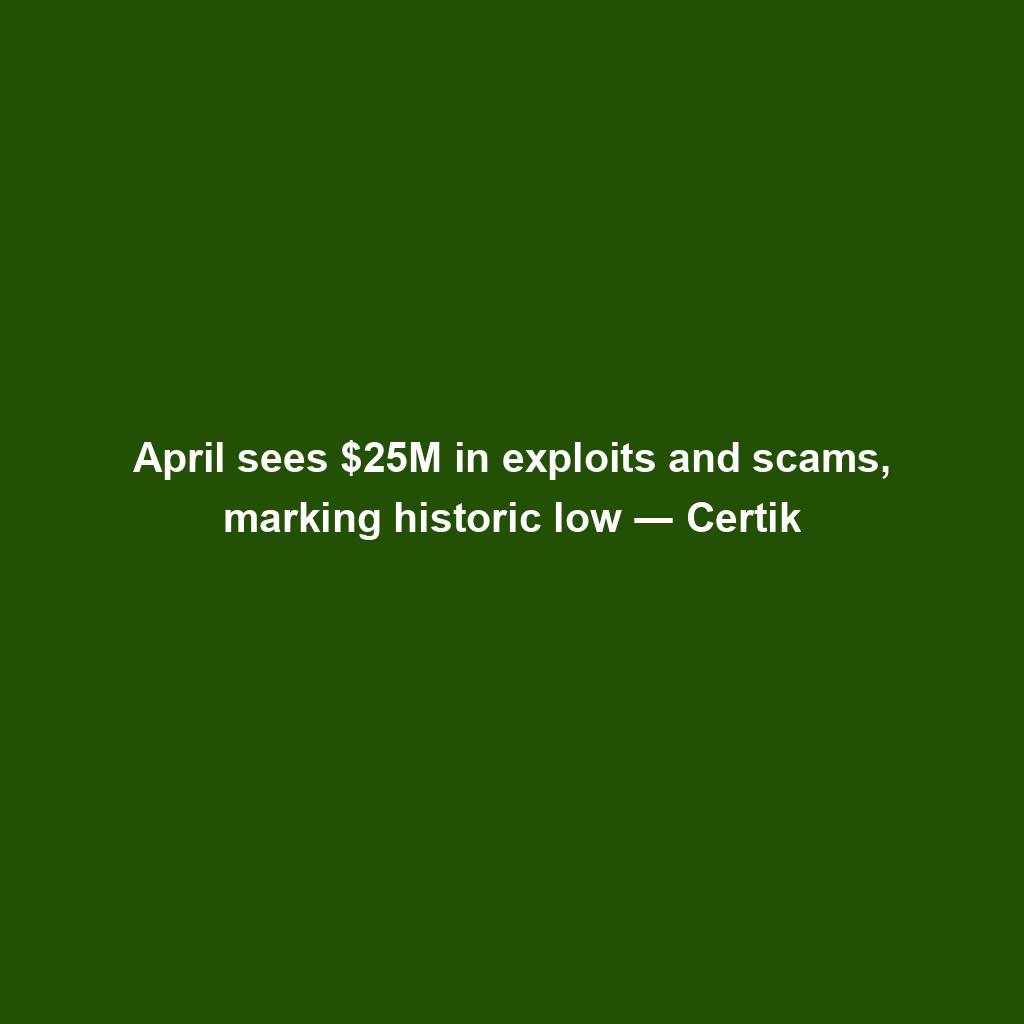
MSTR, COIN, RIOT and different crypto shares down as Bitcoin dips
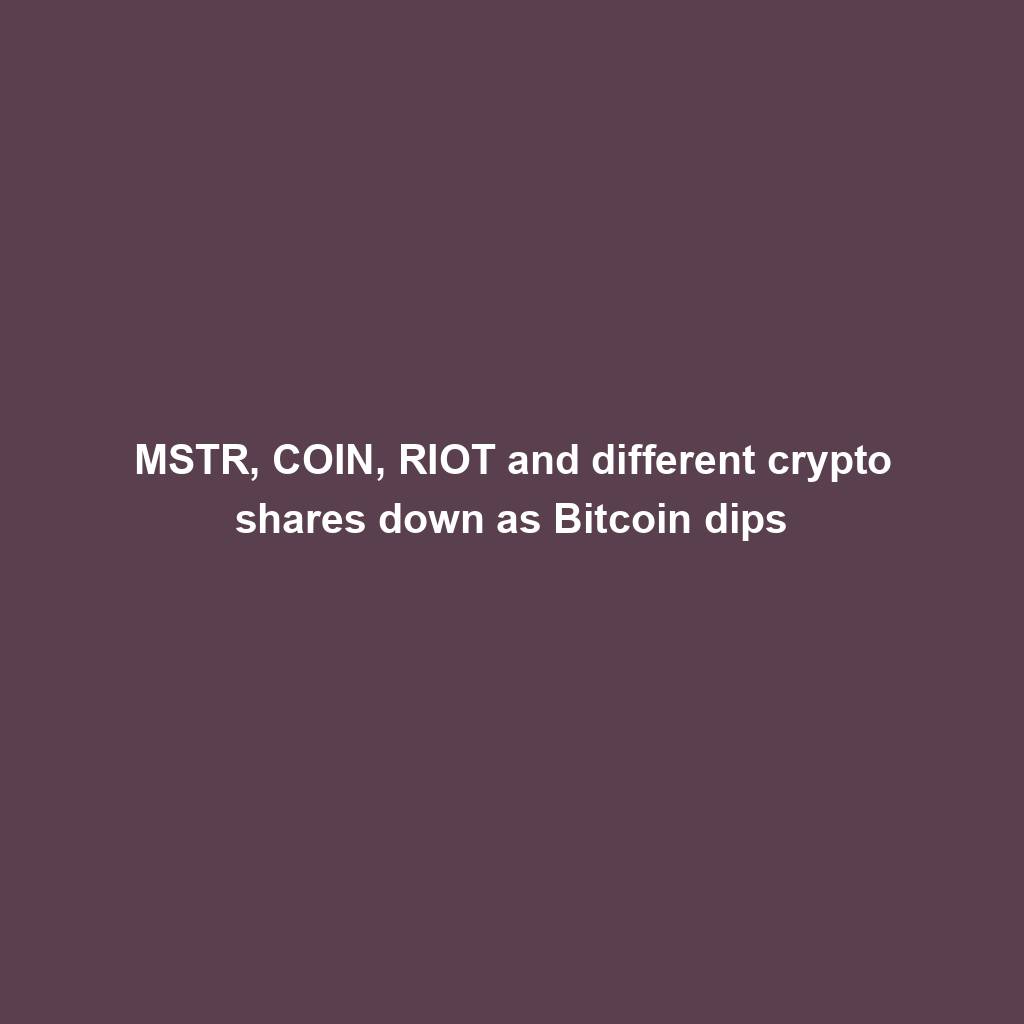
EigenLayer publicizes token release and airdrop for the group
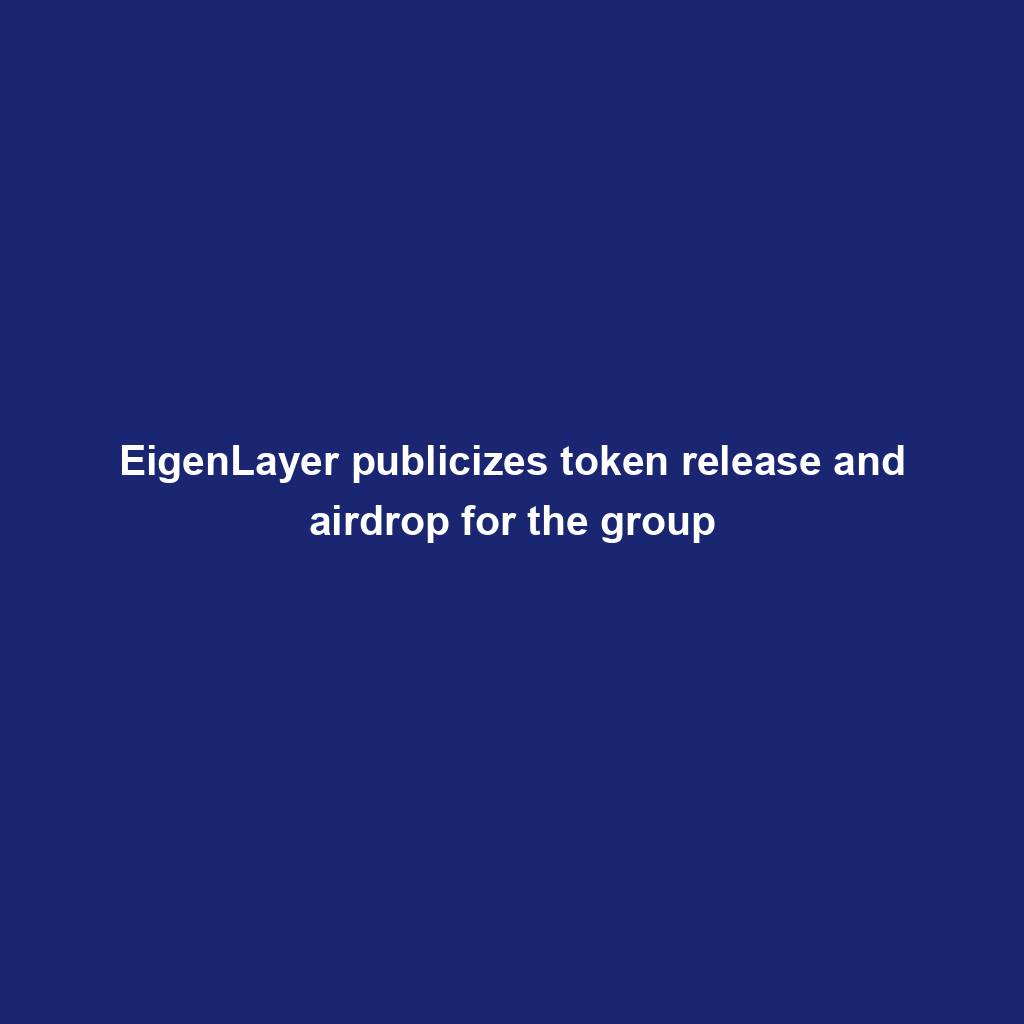
VeloxCon 2024: Innovation in knowledge control

Successful Beta Service release of SOMESING, ‘My Hand-Carry Studio Karaoke App’

Dogwifhat (WIF) large pump on Bybit after record reasons marketplace frenzy
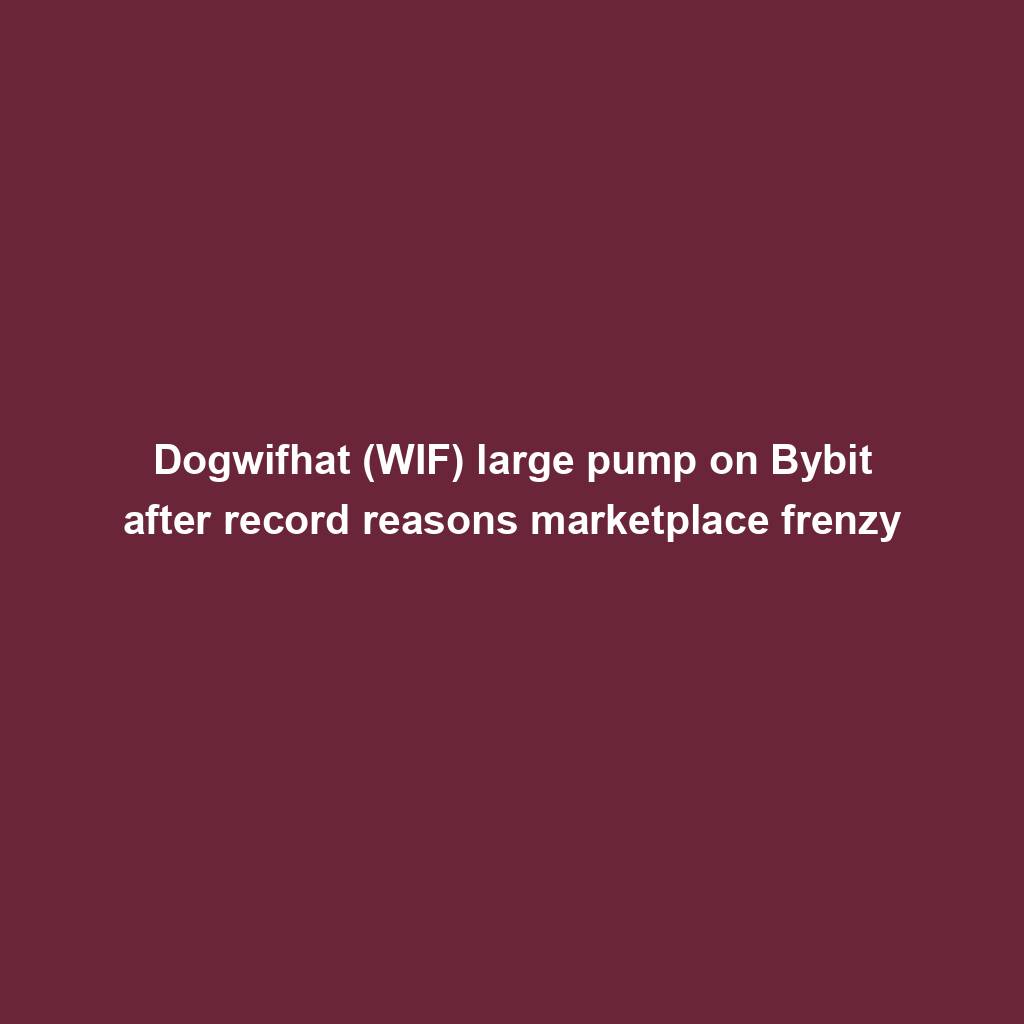
How fintech innovation is riding virtual transformation for communities around the globe
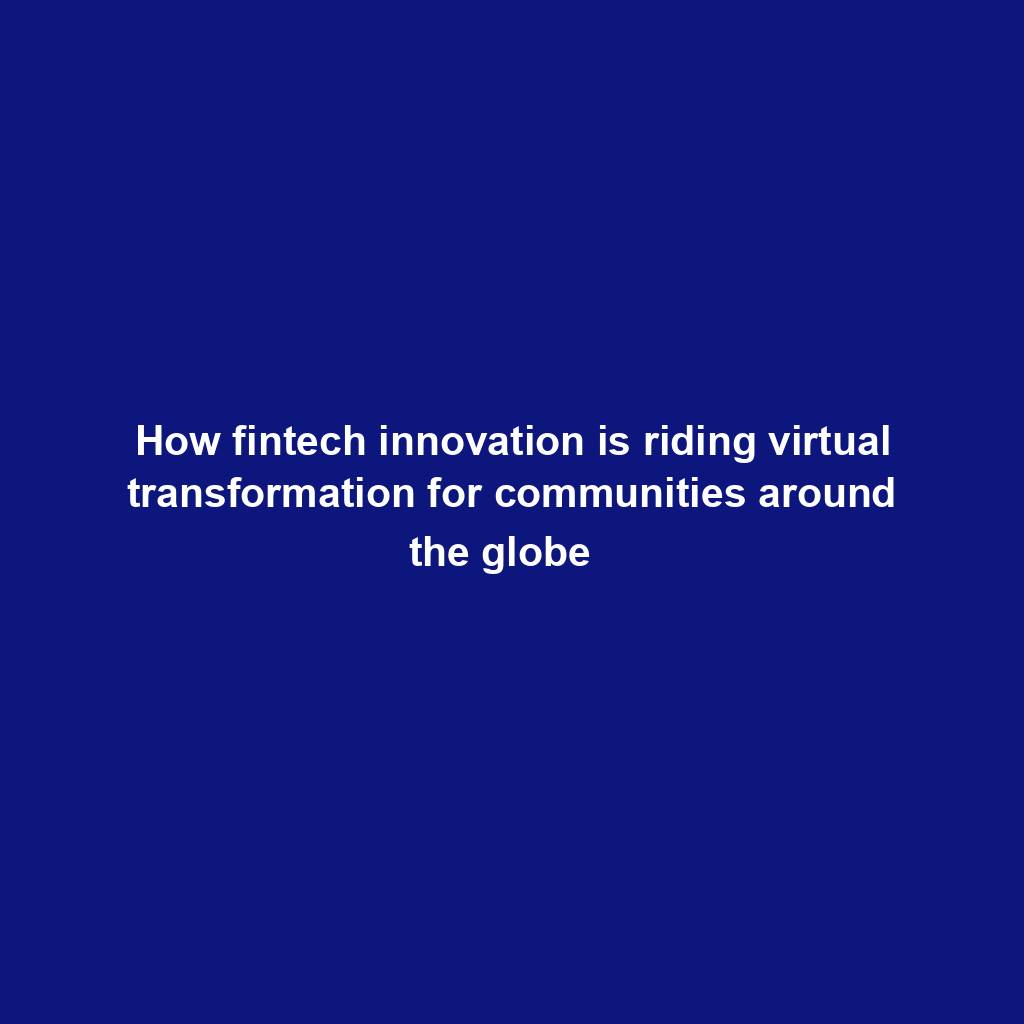
Wasabi Wallet developer bars U.S. customers amidst regulatory considerations
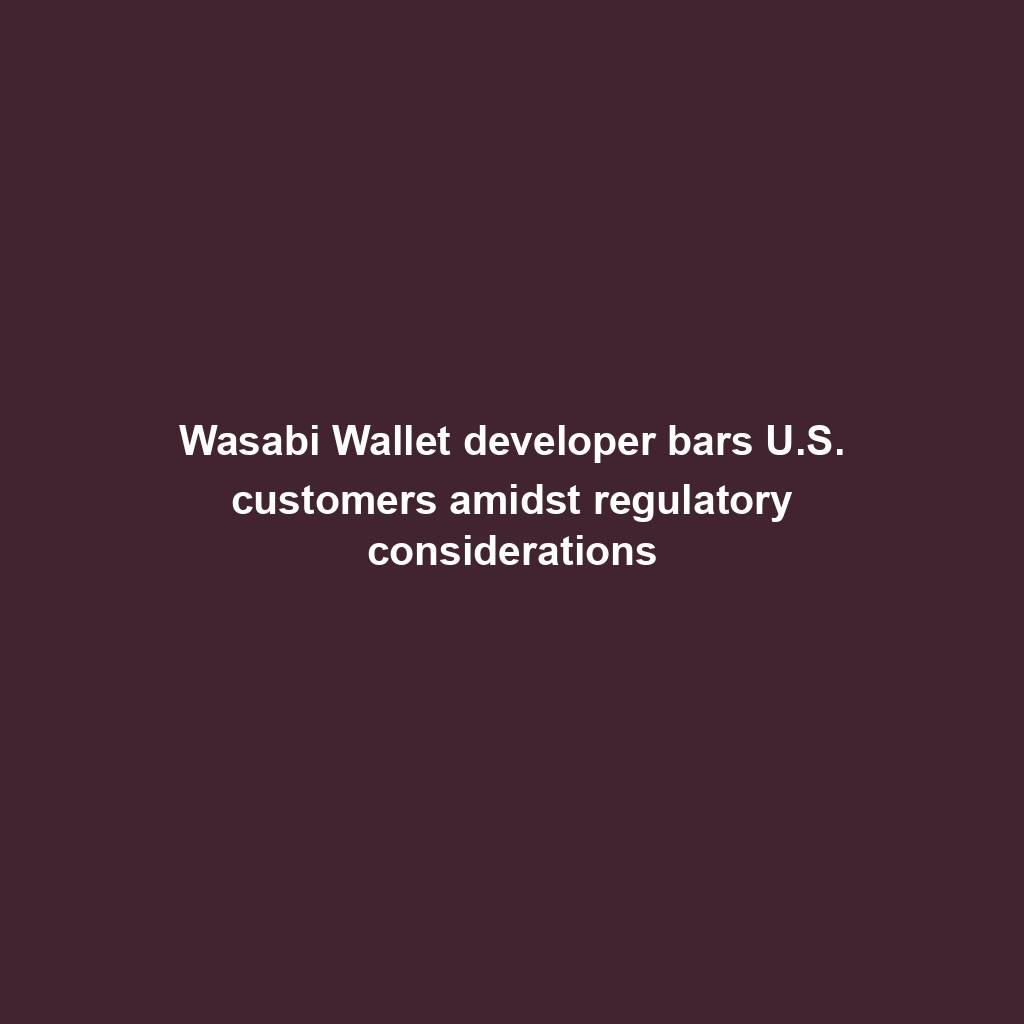
Analyst Foresees Peak In Late 2025
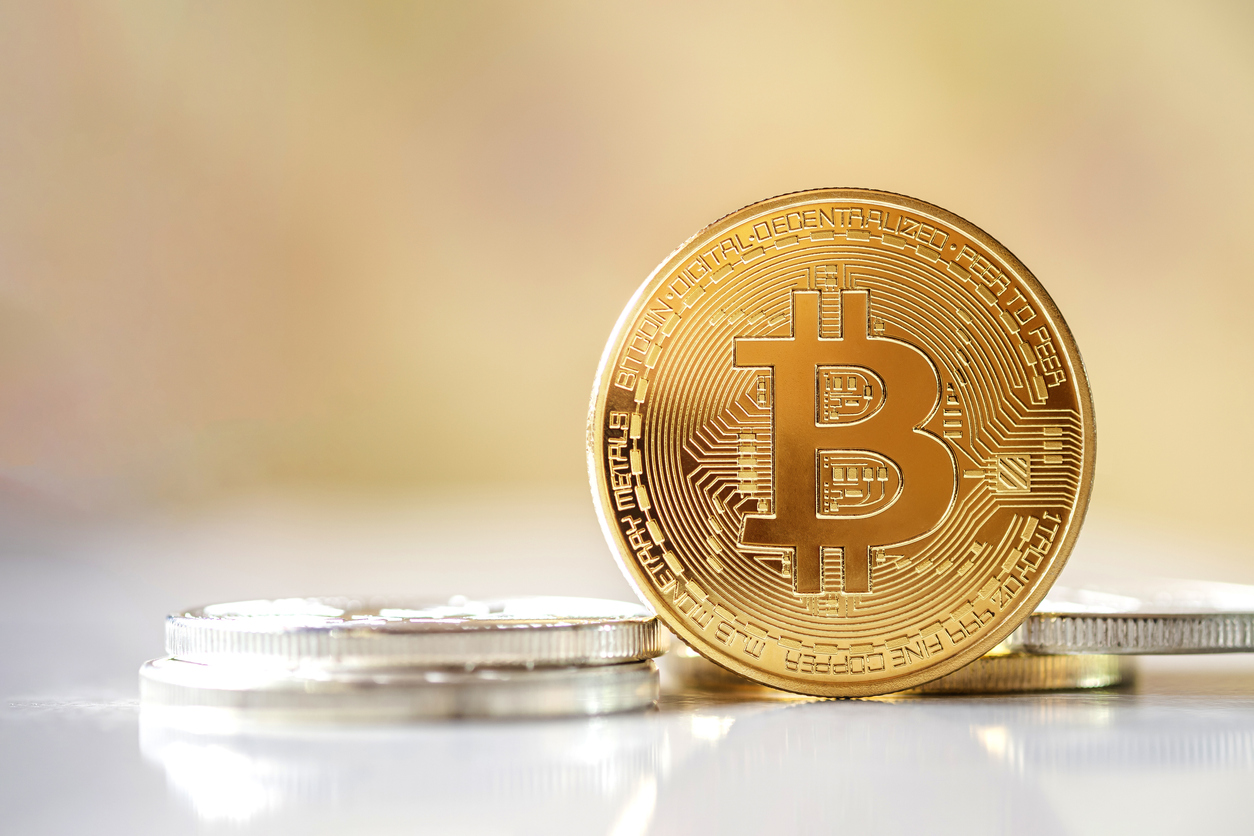
Solo Bitcoin miner wins the three.125 BTC lottery, fixing legitimate block

Ace Exchange Suspects Should Get 20-Year Prison Sentences: Prosecutors

Google Cloud's Web3 portal release sparks debate in crypto trade

Bitcoin Primed For $77,000 Surge

Bitbot’s twelfth presale level nears its finish after elevating $2.87 million
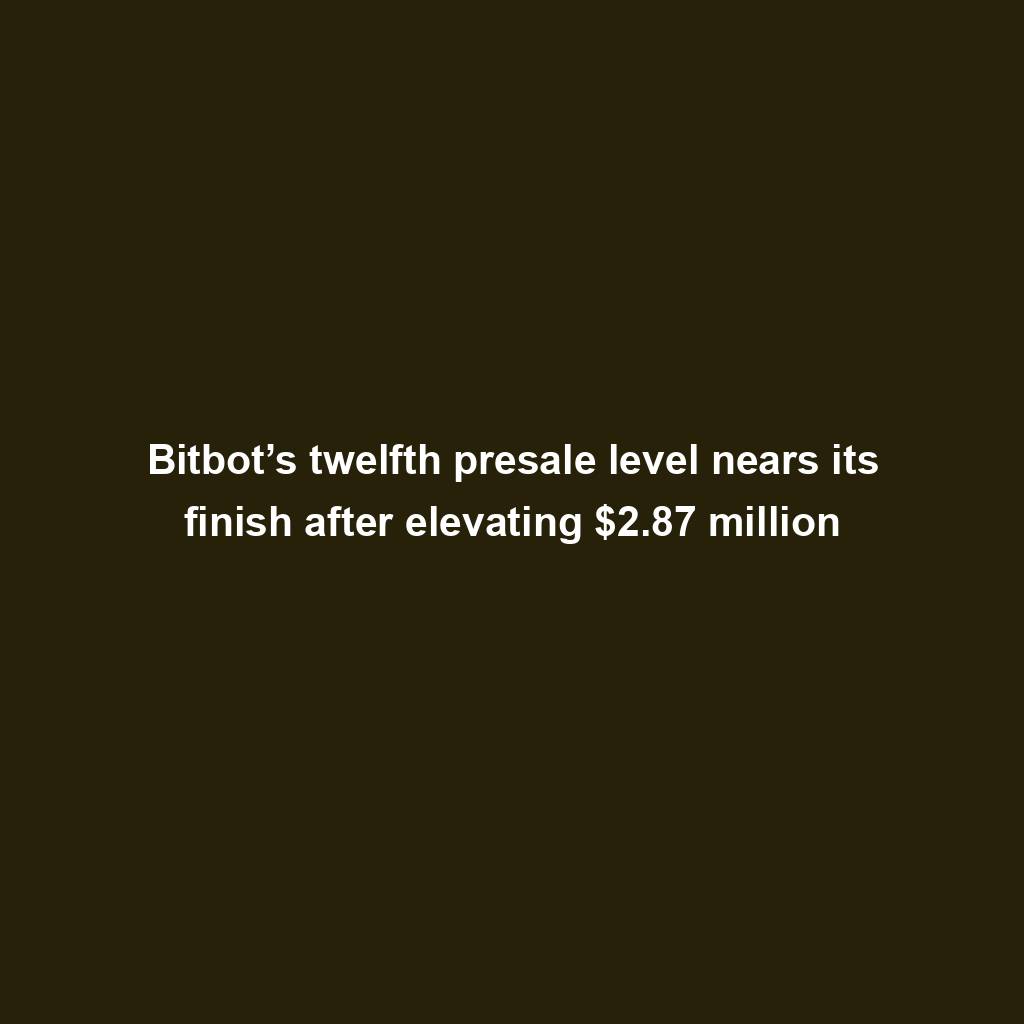
PANDA and MEW bullish momentum cool off: traders shift to new altcoin

Commerce technique: Ecommerce is useless, lengthy are living ecommerce

Republic First Bank closed by way of US regulators — crypto neighborhood reacts
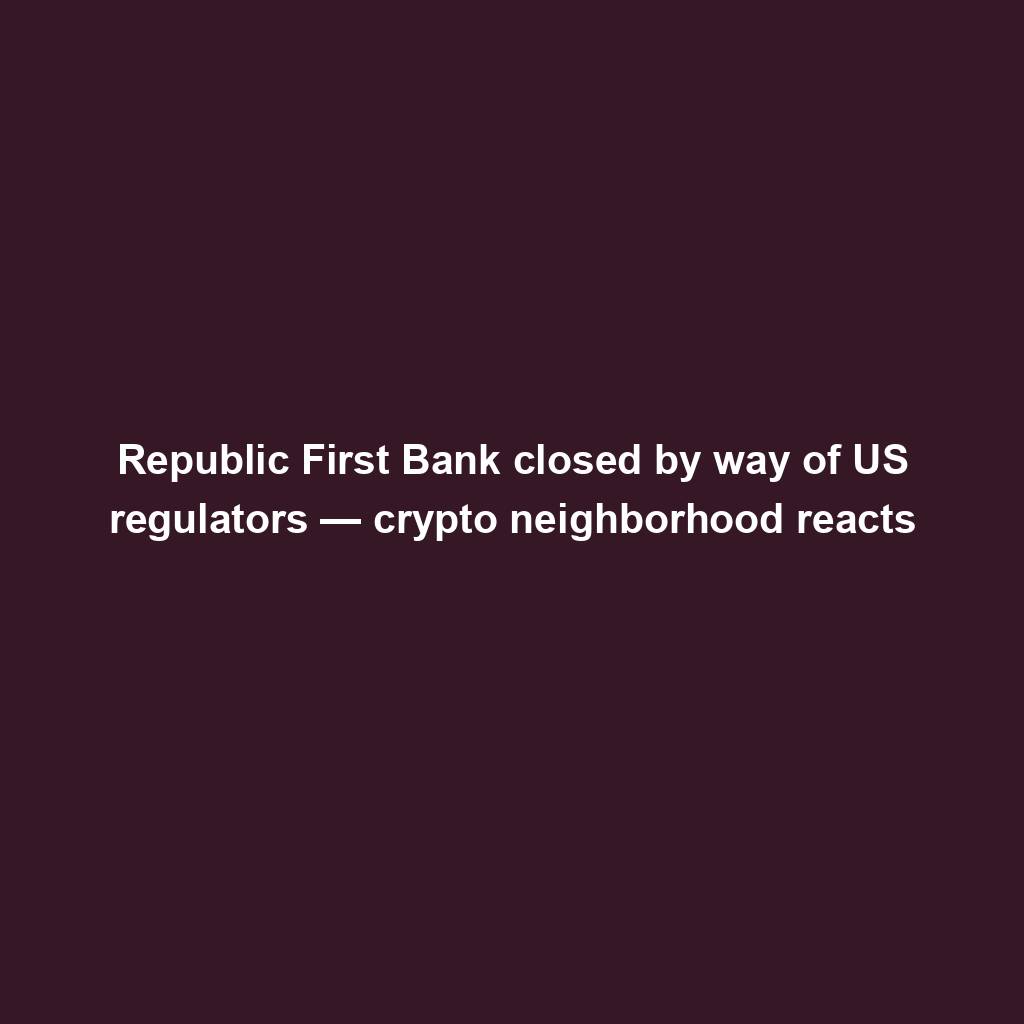
China’s former CBDC leader is beneath executive investigation

Bigger isn’t all the time higher: How hybrid Computational Intelligence development permits smaller language fashions
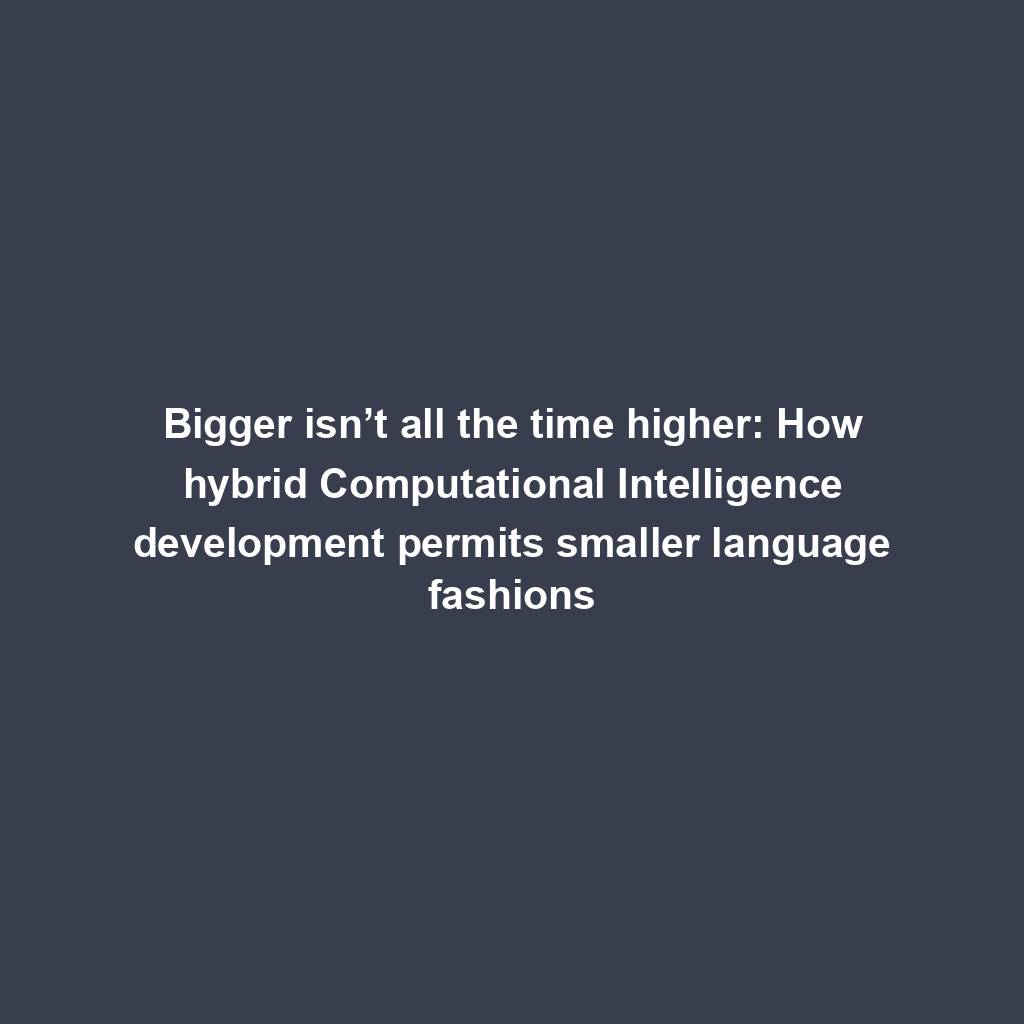
Pantera Capital buys extra Solana (SOL) from FTX
Successful Beta Service release of SOMESING, ‘My Hand-Carry Studio Karaoke App’

SEC sues Bitcoin miner Geosyn Mining for fraud; Bitbot presale nears $3M

Business procedure reengineering (BPR) examples

85% Of Altcoins In “Opportunity Zone,” Santiment Reveals
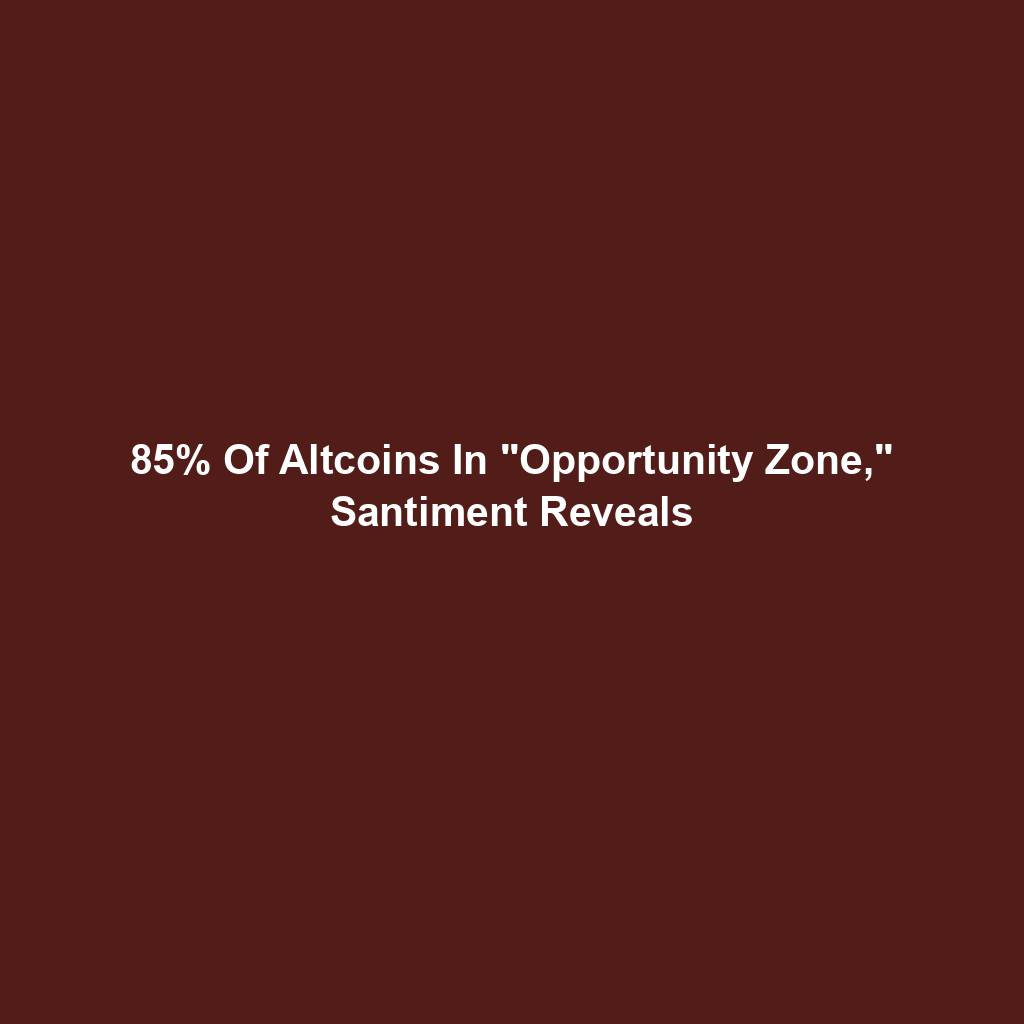
Sam Altman’s Worldcoin eyeing PayPal and OpenAI partnerships

Artificial Intelligence transforms the IT strengthen enjoy
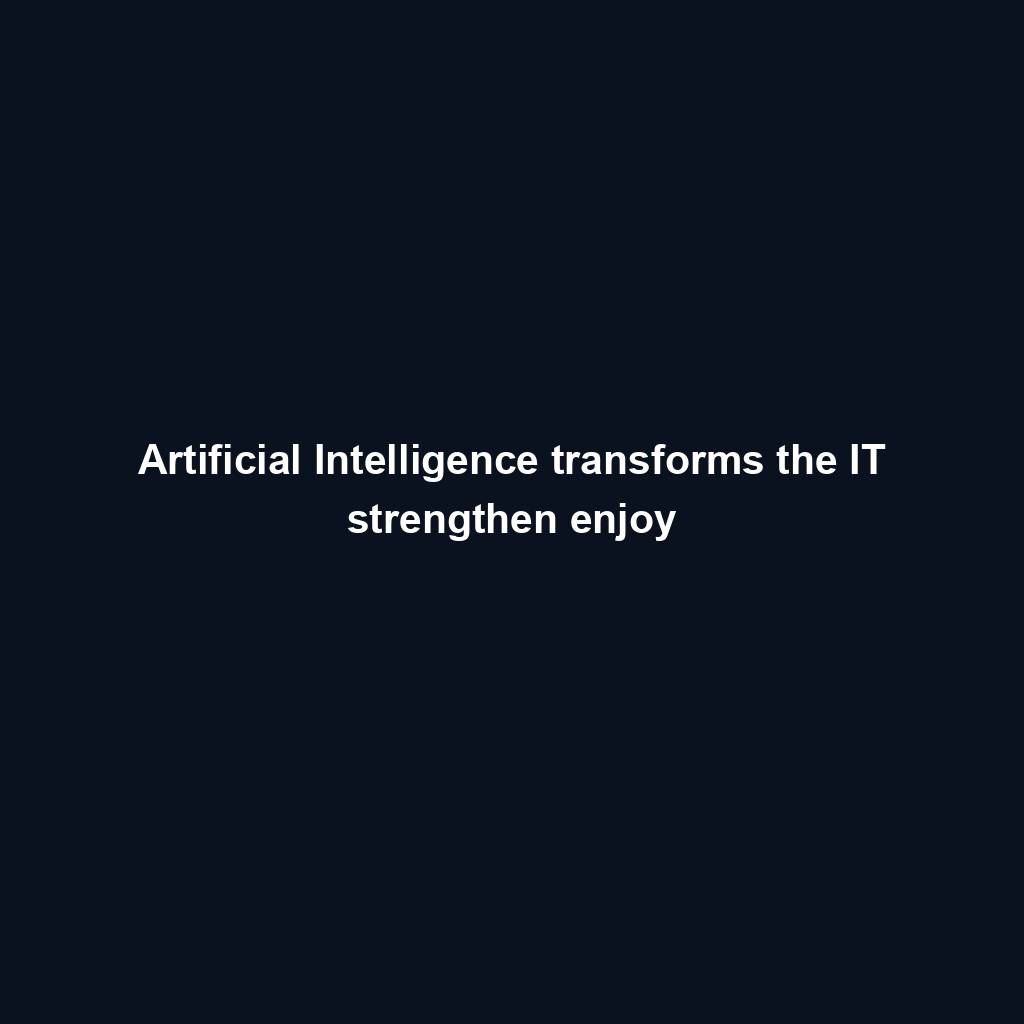
Franklin Templeton tokenizes $380M fund on Polygon and Stellar for P2P transfers

Meta’s letting Xbox, Lenovo, and Asus construct new Quest metaverse {hardware}
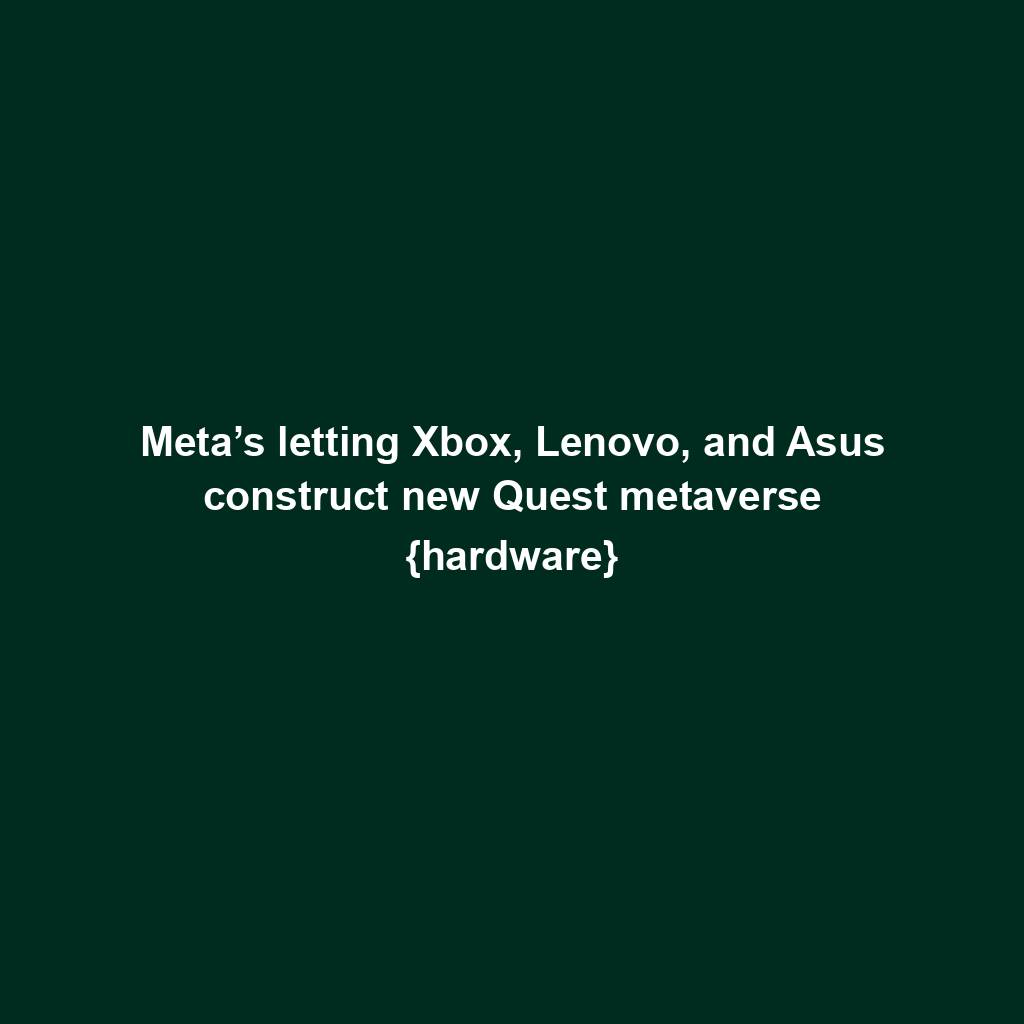
Shiba Inu (SHIB) unveils bold Shibarium plans as Kangamoon steals the display
